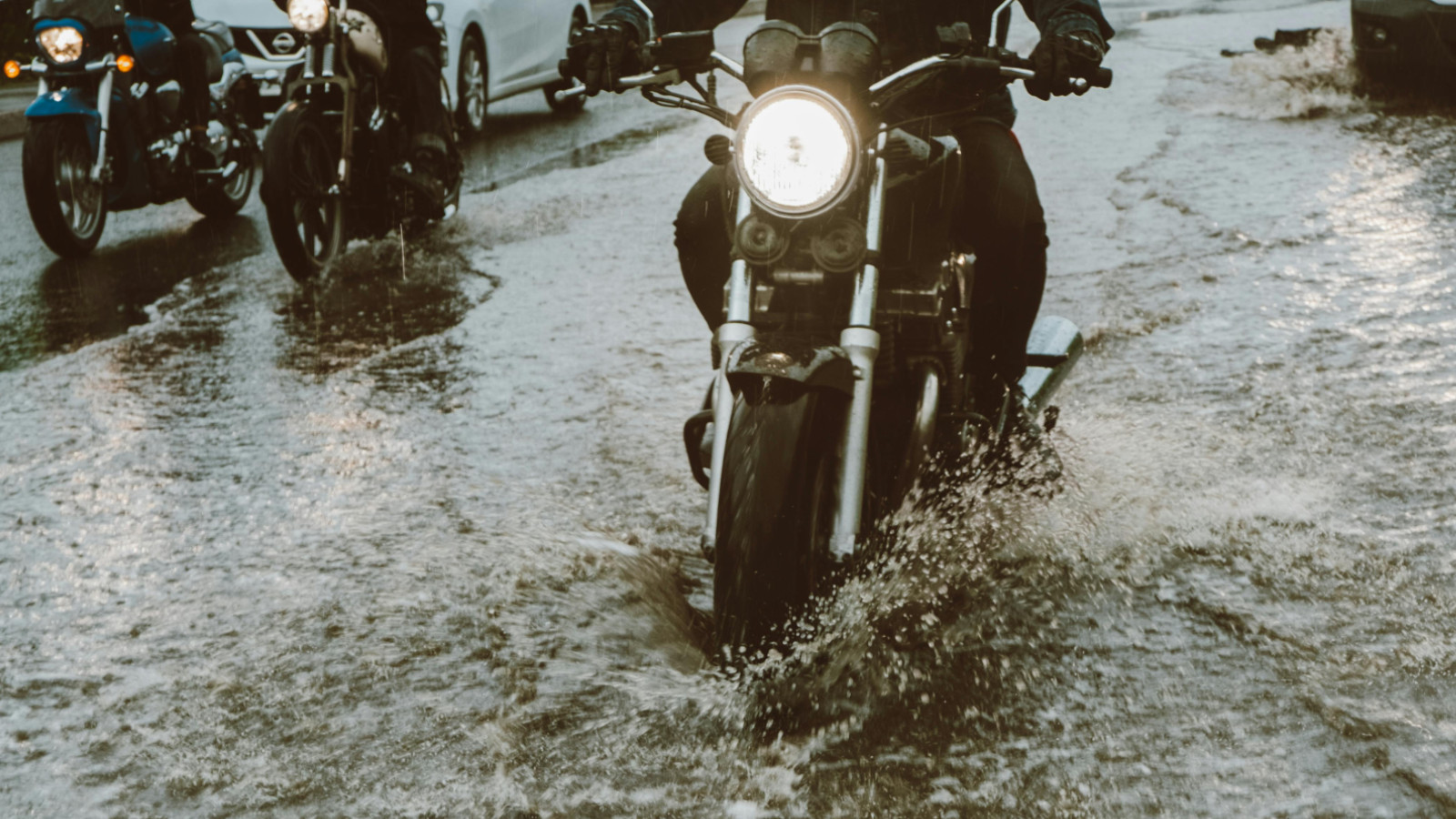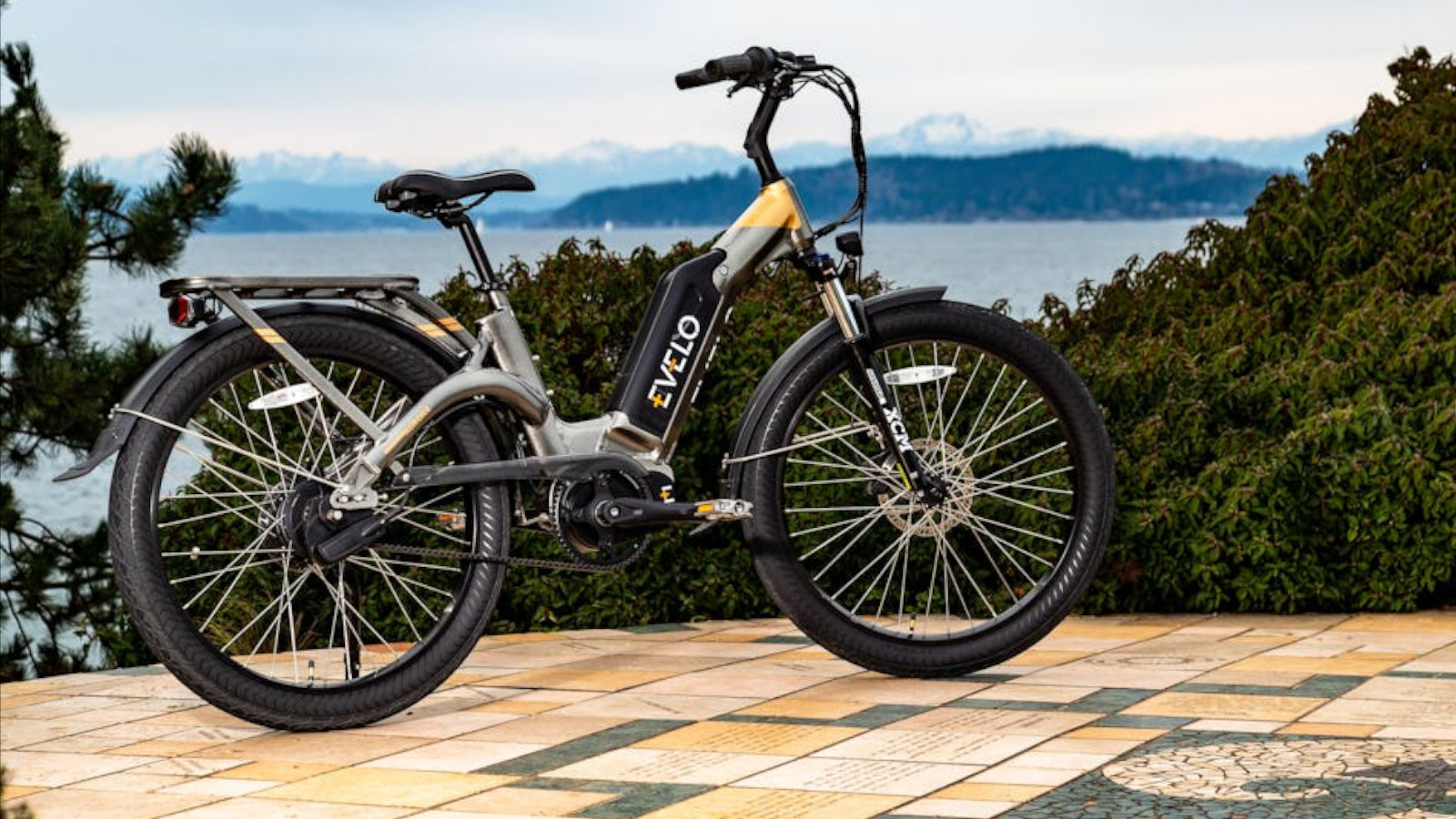Riding a motorcycle can be a thrilling experience, but when faced with flooded roads, it becomes essential to prioritize safety above all else. Navigating through flooded areas requires caution, preparation, and specific riding techniques. In this article, we will explore crucial tips and guidelines to help motorcyclists stay safe when encountering flooded roads.
Assess the Situation
Before attempting to ride through flooded areas, assess the situation carefully. Observe the depth of the water, the flow rate, and any visible hazards such as debris or potholes. If the water is too deep, fast-flowing, or contains hidden obstacles, it is best to seek an alternate route. Additionally, check weather forecasts and local advisories to avoid venturing out during heavy rainfall or when flood warnings are in effect.
Slow and Steady
When riding through flooded roads, maintain a slow and steady speed. Avoid sudden acceleration or deceleration, as it can cause loss of traction. Gently apply the brakes to slow down, and keep a safe distance from other vehicles to allow for ample reaction time. Maintain a constant throttle to prevent stalling the engine, and avoid unnecessary gear changes. Smooth and controlled movements are key to maintaining stability on wet surfaces.
Choose the Right Path
Selecting the correct path is crucial when riding on flooded roads. Look for areas with shallower water and a visible road surface. Generally, the middle portion of the road tends to be the highest point, offering better traction. Avoid riding near curbsides or the edges of the road, as these areas can be uneven or prone to deeper puddles. Following the tire tracks of larger vehicles can also provide a safer path, as they tend to displace water.
Maintain Balance and Traction
Achieving and maintaining balance and traction is vital on wet surfaces. Ensure that both tires are in good condition, with adequate tread depth to disperse water effectively. Maintain a relaxed grip on the handlebars, and keep your body centered and upright. Be cautious when crossing painted road markings or metal surfaces, as they can become slippery when wet. Additionally, avoid sudden maneuvers, such as hard cornering or sharp turns, to minimize the risk of skidding.
Be Visible and Predictable
Enhance your visibility to other road users by wearing brightly colored or reflective clothing. Keep your headlights on, even during the daytime, to improve visibility for both yourself and others. Use hand signals and maintain a predictable riding pattern, indicating your intentions well in advance. Always assume that other drivers may have difficulty seeing you, and exercise extra caution at intersections or when changing lanes.
Riding safely on flooded roads requires vigilance, skill, and preparation. By assessing the situation, adopting a cautious approach, choosing the right path, and maintaining balance and visibility, motorcyclists can significantly reduce the risks associated with riding in wet conditions. Remember, your safety should always take precedence, and it’s essential to exercise caution and use your judgment when deciding to ride through flooded areas. Stay safe and enjoy the thrill of motorcycling responsibly.
Discover more from Wheels Craze - Automotive News, EV News, Car News, Bike News
Subscribe to get the latest posts sent to your email.




